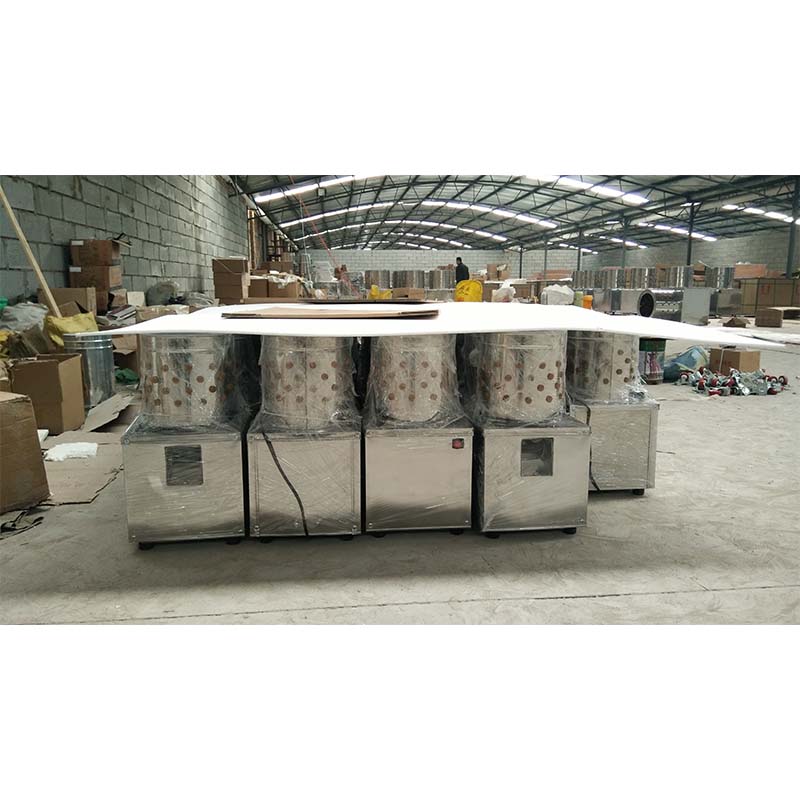Fish Feed Production Equipment for Efficient Aquaculture Solutions
ਨਵੰ. . 29, 2024 13:44 Back to list
Fish Feed Production Equipment for Efficient Aquaculture Solutions
The Advancement of Fish Feed Making Machines A Game Changer for Aquaculture
In recent years, the aquaculture industry has experienced remarkable growth, driven by the increasing global demand for fish and seafood products. To meet this demand, the importance of high-quality fish feed cannot be overstated. Fish feed making machines have emerged as pivotal tools in this sector, revolutionizing the way fish food is produced, enhancing feed efficiency, and promoting sustainable aquaculture practices.
Understanding Fish Feed Making Machines
Fish feed making machines are specialized equipment designed to produce various types of fish feed, including pellets, granules, and powder. These machines utilize advanced technology to mix, extrude, and shape raw ingredients into high-nutrition feeds suitable for different species of fish. The primary components of these machines typically include
1. Mixer Where raw materials, including fish meal, grains, vitamins, and minerals, are combined to create a homogeneous mixture. 2. Extruder This key component converts the mixed raw materials into pellet form through a process that involves heating, moisture content control, and pressure.
3. Dryer After extrusion, the pellets are dried to remove excess moisture, prolonging their shelf life and enhancing nutrient retention.
4. Coater In some machines, a coater is used to apply oil or flavoring agents, improving both the palatability and nutritional value of the feed.
5. Sifter Ensuring uniformity, the sifter grades the produced feed by size, preparing it for packaging and distribution.
Benefits of Using Fish Feed Making Machines
The adoption of fish feed making machines offers several advantages for producers and aquaculturists
fish feed making machine

1. Quality Control These machines allow for precise ingredient control and uniform mixing, ensuring that the end product meets the nutritional requirements necessary for optimal fish growth and health.
2. Customization Different species of fish have varying dietary needs. Fish feed making machines provide the flexibility to create customized feeds tailored to specific fish species or growth stages, thereby enhancing feed efficiency.
3. Cost-Efficiency By producing fish feed in-house, aquaculture operations can significantly reduce costs associated with purchasing pre-made feeds, allowing for better profit margins.
4. Sustainability Many modern fish feed making machines are designed with energy-efficient technologies and can incorporate alternative protein sources, such as insects or by-products from other industries, thus promoting sustainable aquaculture practices.
5. Scalability Fish feed making machines are available in various sizes and capacities, making it easier for small-scale farmers or large commercial operations to scale their production according to market demands.
The Future of Fish Feed Production
As the aquaculture industry continues to evolve, the demand for innovative fish feed formulations and efficient production techniques is expected to rise. Advances in technology, including automation and artificial intelligence, are likely to play a significant role in shaping the future of fish feed production. For instance, incorporating data analytics can help in optimizing feed formulations based on growth patterns and environmental factors, leading to improved resource utilization.
Additionally, as consumer awareness regarding sustainability grows, there will be increased pressure on aquaculture producers to adopt eco-friendly feed production methods. This could lead to further innovation in fish feed making machines, focusing on reducing waste, optimizing energy use, and enhancing the overall sustainability of fish farming operations.
Conclusion
Fish feed making machines are a critical component of the aquaculture industry, facilitating the efficient and sustainable production of high-quality fish feed. By investing in these machines, aquaculture producers can ensure they meet the rising global demand for fish while promoting practices that protect marine resources. As technology continues to advance, the future of fish feed production looks promising, offering opportunities for growth, innovation, and sustainability in one of the world’s fastest-growing food sectors.
-
High Performance Exhaust Fan – Efficient Ventilation Solutions for Home
NewsJun.10,2025
-
High-Quality Gestation Pen for Sows Durable Mobile Pig Pen & Simple Pig Pen Solutions
NewsJun.10,2025
-
High Quality Rabbit Cage Double Tier Designs & Welded Wire Mesh Supplier
NewsJun.10,2025
-
Floating Fish Feed Machine - High Efficiency Floating Fish Feed Extruder for Small Scale Production
NewsJun.10,2025
-
Premium Poultry Housing Solutions Mobile & Commercial Free Range Options
NewsJun.10,2025
-
Industrial FRP Fans Corrosion-Resistant Blades & Centrifugal Systems
NewsJun.09,2025






